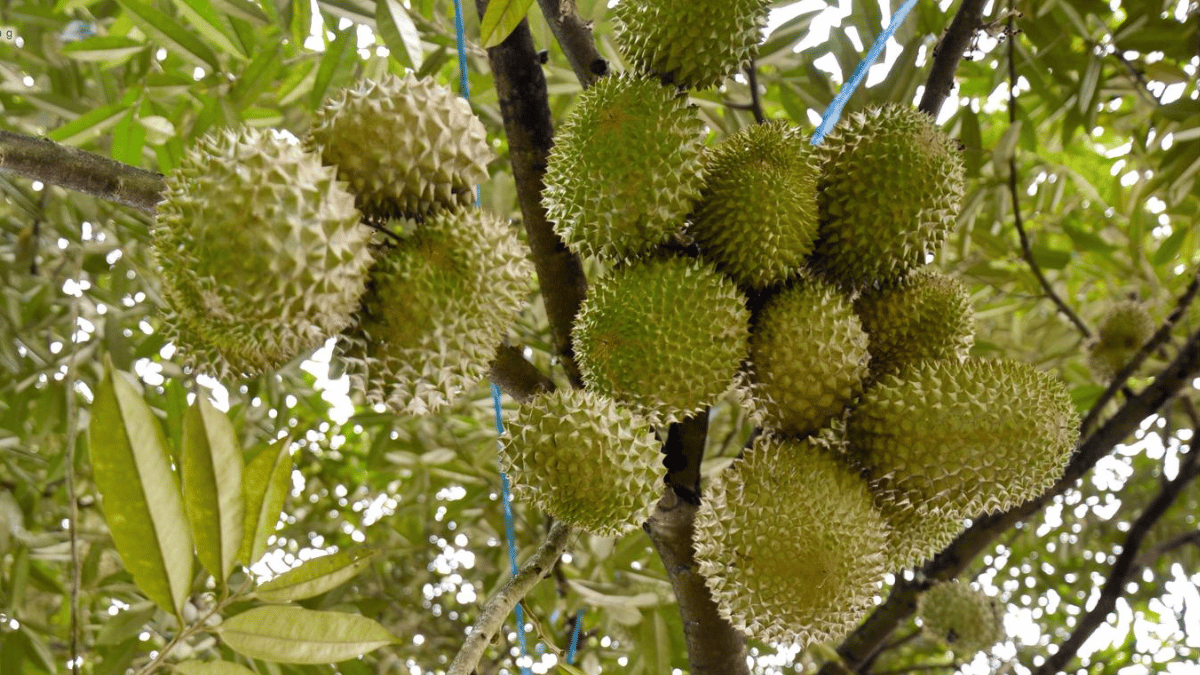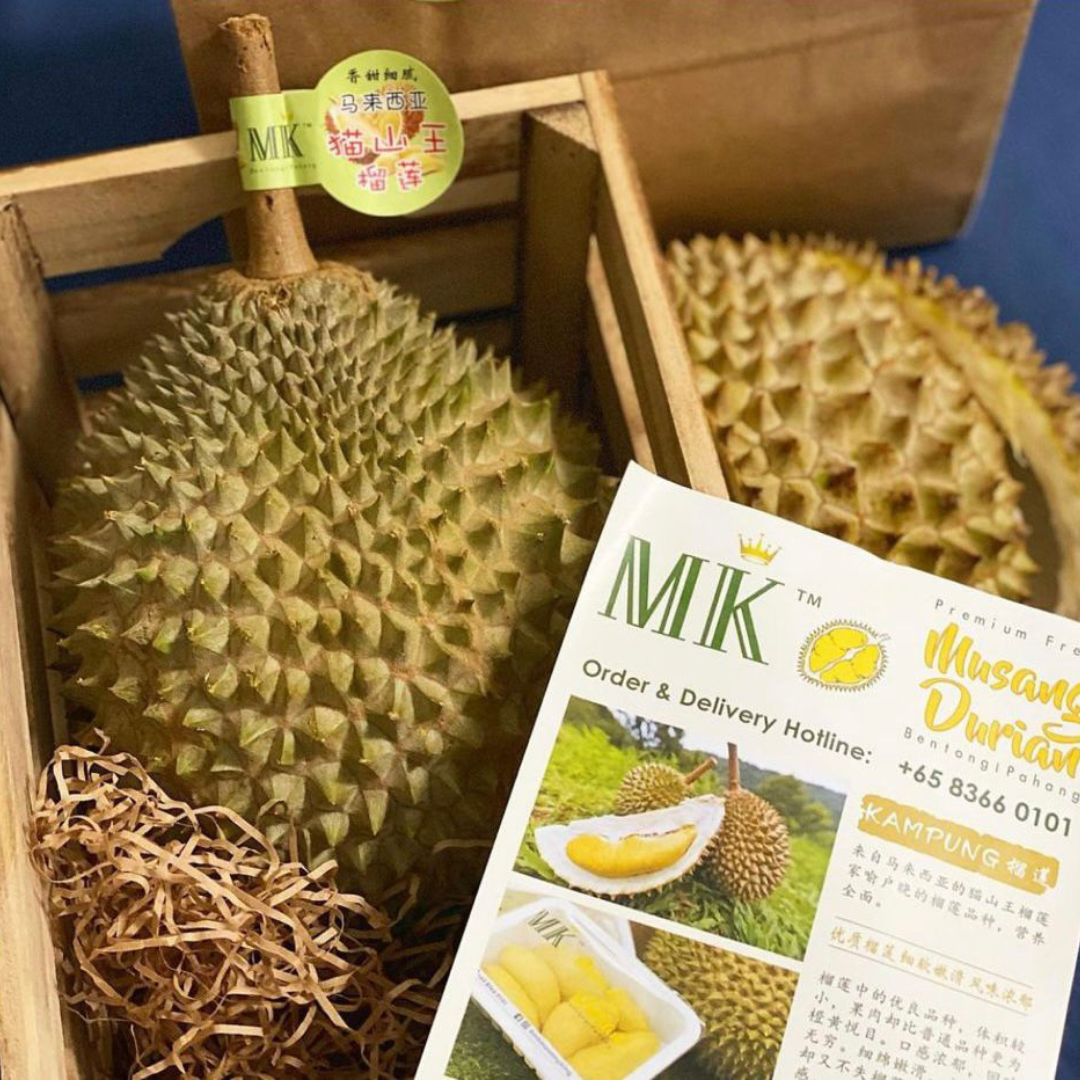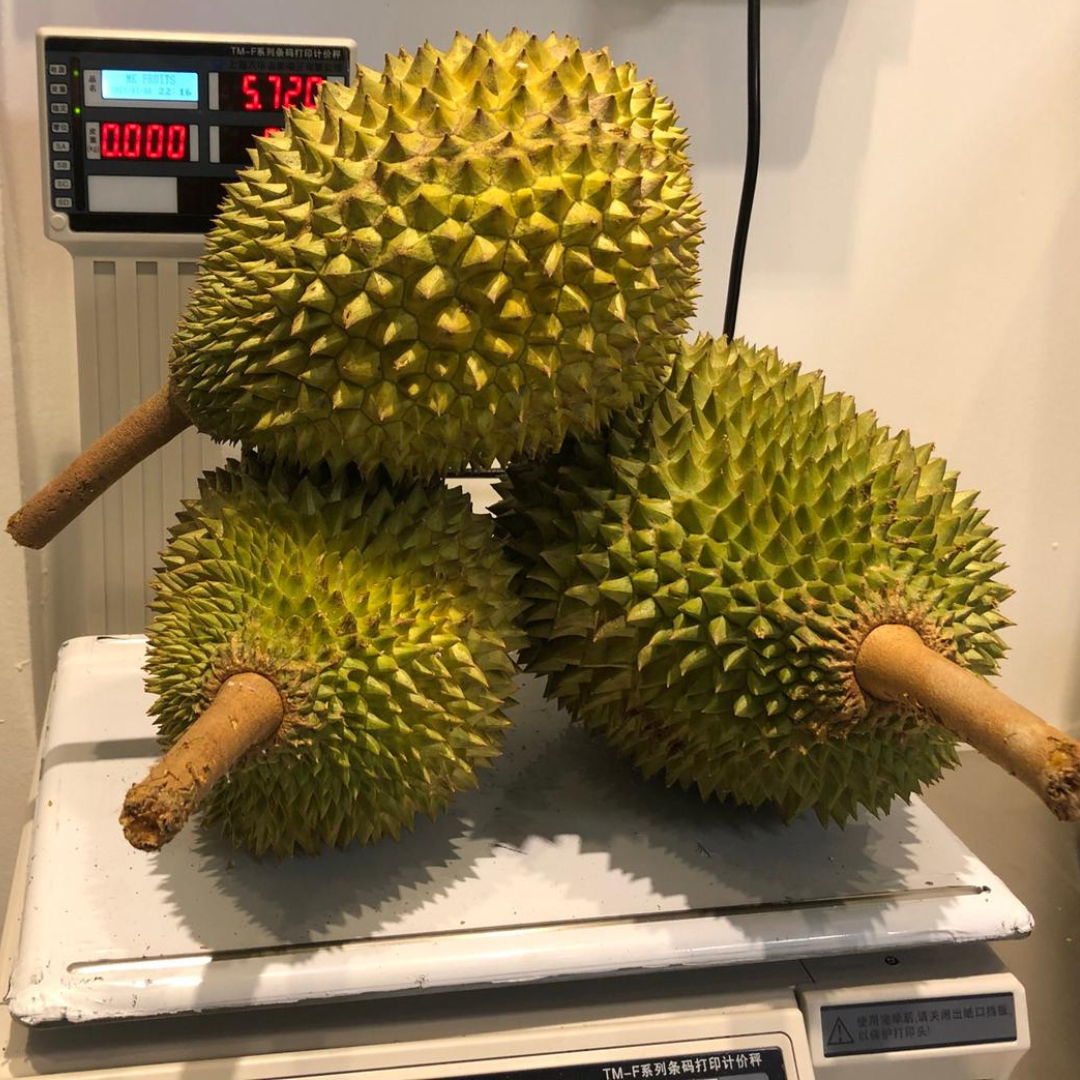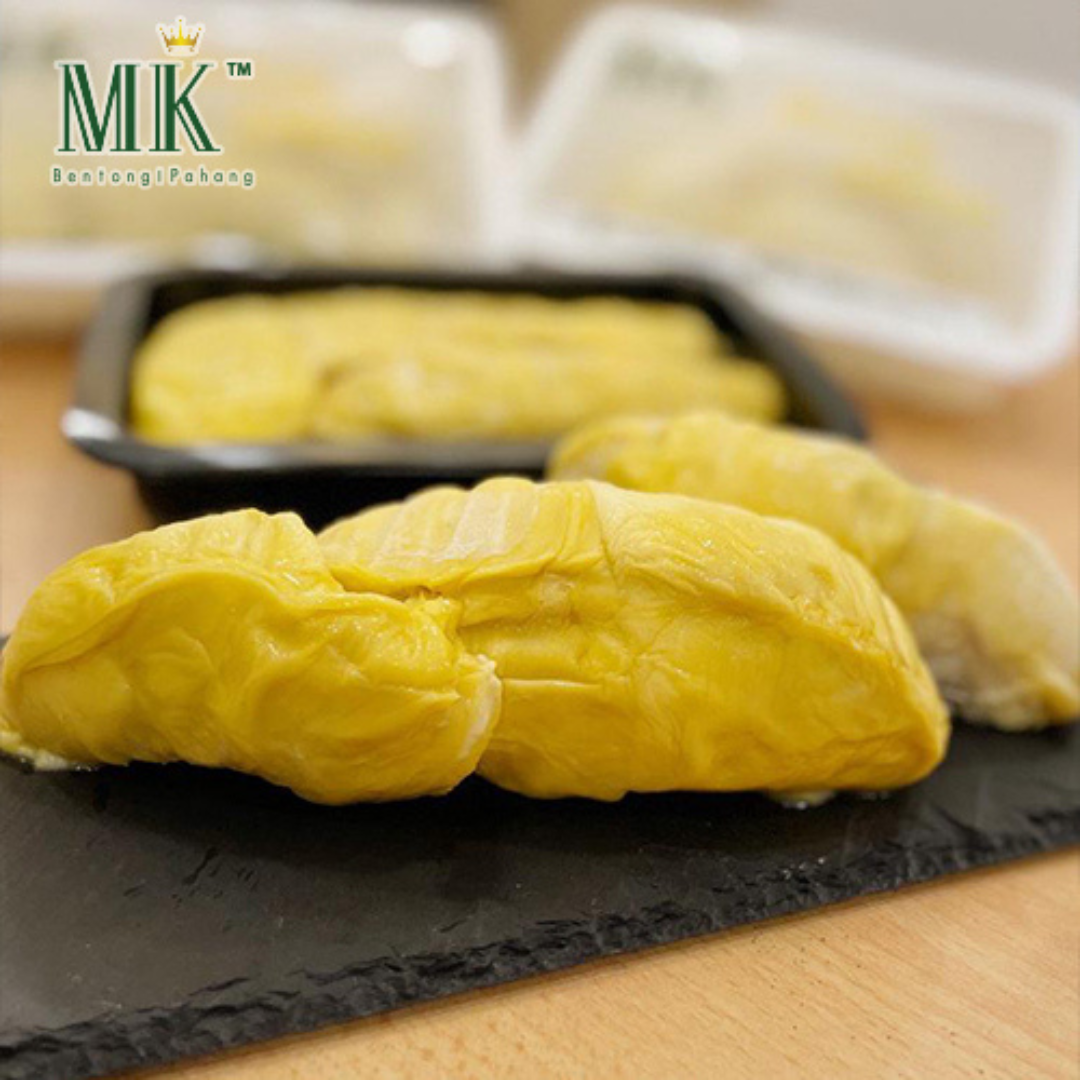Durian: The King of Fruits
Durian, often referred to as the "King of Fruits," is a tropical delicacy known for its distinctive smell, unique taste, and spiky exterior. Native to Southeast Asia, particularly Malaysia, Thailand, and Indonesia, durian has garnered a mix of fascination and controversy due to its polarizing aroma. Despite its strong smell, which some find off-putting, durian enthusiasts celebrate its rich, custard-like flesh and complex flavor profile.

What Makes Durian Unique?
Durian's appeal lies not only in its flavor but also in its cultural significance. In many Southeast Asian countries, durian is considered a symbol of luxury and abundance, often served during celebrations and special occasions. Its creamy texture and blend of sweet and savory notes make it a versatile ingredient in both sweet and savory dishes, ranging from durian pancakes and ice cream to durian curry and pastries.

The History and Origins of Durian
Durian has a rich historical background dating back centuries in Southeast Asia. Early references to durian can be found in ancient texts and historical accounts, highlighting its importance in traditional medicine and culinary practices. Over time, durian evolved from a wild fruit to a cultivated crop, with distinct varieties such as Musang King and D24 gaining popularity for their superior taste and texture.
Luxurious Mao Shan Wang Durians from Pahang Bentong

Nutritional Benefits of Durian
Despite its indulgent reputation, durian offers various health benefits. It is packed with essential vitamins and minerals, including vitamin C, potassium, and dietary fiber. These nutrients contribute to immune function, heart health, and digestive well-being. While durian is calorie-dense, its nutritional profile supports its status as a nutrient-rich fruit when consumed in moderation.
Cultivation and Harvesting of Durian
The cultivation of durian requires specific conditions, including tropical climates with well-drained soil and ample sunlight. Durian trees can take several years to bear fruit, with each tree producing multiple durians during the peak season. Harvesting durian is a delicate process to ensure optimal ripeness and flavor, often requiring experienced farmers to assess readiness based on aroma and texture.

Culinary Uses and Popular Durian Products
In culinary circles, durian is celebrated for its versatility. It is commonly used in desserts such as durian cheesecake, durian sticky rice, and durian crepes, where its creamy texture enhances the overall experience. Beyond desserts, durian is also incorporated into savory dishes, providing a unique twist to traditional recipes. The popularity of durian has led to the development of various durian-based products, including durian chips, durian jam, and even durian-flavored
beverages.

Addressing Durian's Controversy and Myths
Despite its popularity, durian faces criticism due to its strong odor, which some find unpleasant. The debate over durian's smell versus its taste continues to spark discussions among food enthusiasts worldwide. Scientifically, durian's aroma is attributed to sulfur compounds, which develop as the fruit ripens. Understanding durian's chemical composition and its impact on sensory perception sheds light on the ongoing fascination and debate surrounding this tropical fruit.
Conclusion: Embracing Durian's Rich Legacy
In conclusion, durian remains a symbol of Southeast Asia's rich cultural heritage and culinary diversity. Its complex flavors, nutritional benefits, and cultural significance continue to captivate both locals and international audiences. Whether enjoyed fresh or incorporated into gourmet creations, durian's allure persists, making it a must-try for adventurous food enthusiasts seeking unique culinary experiences.


